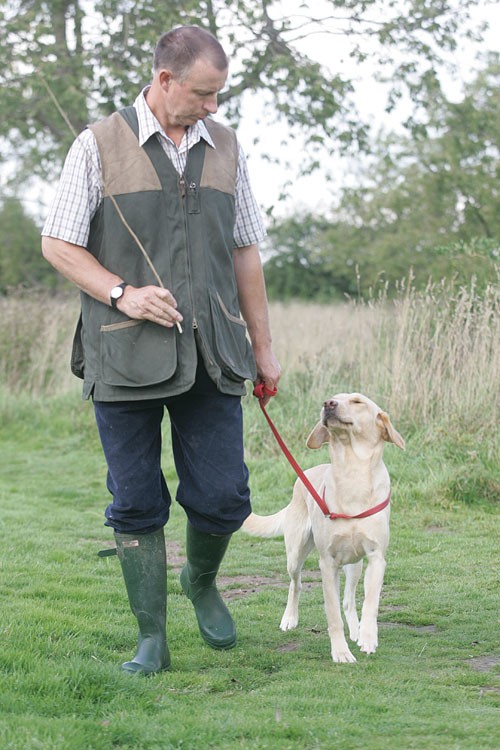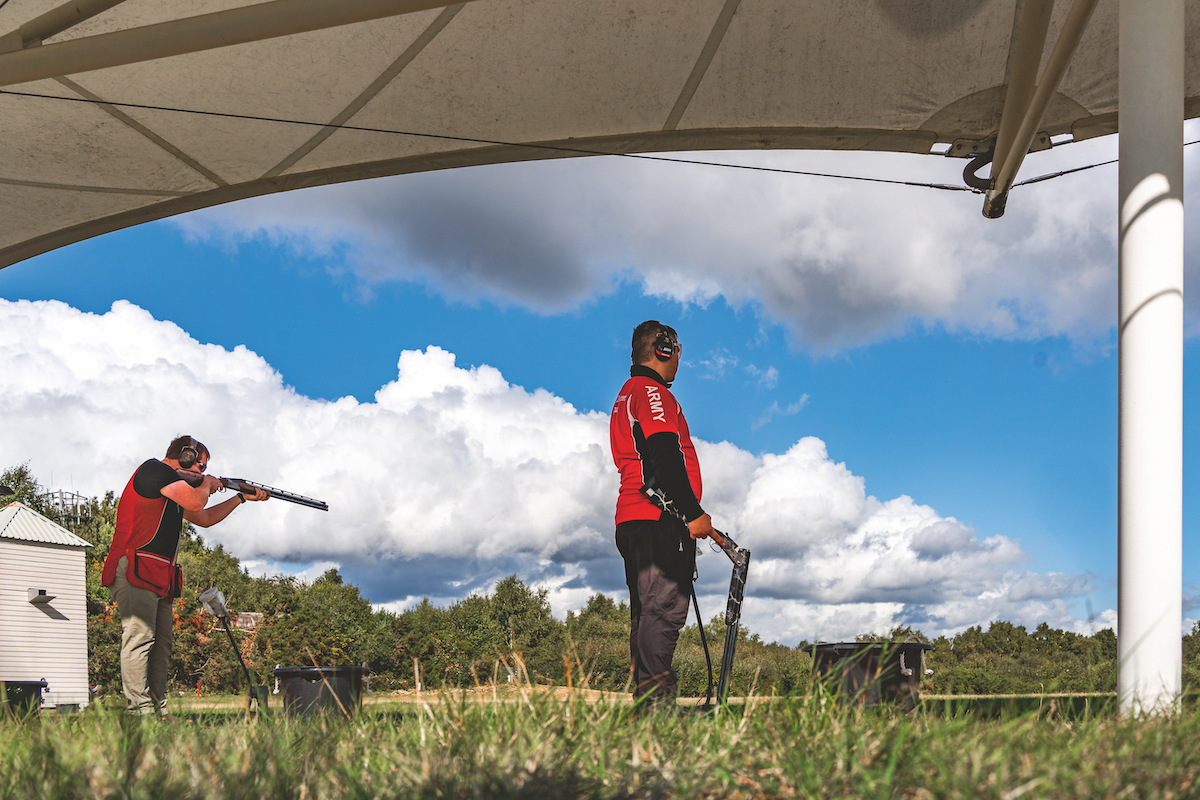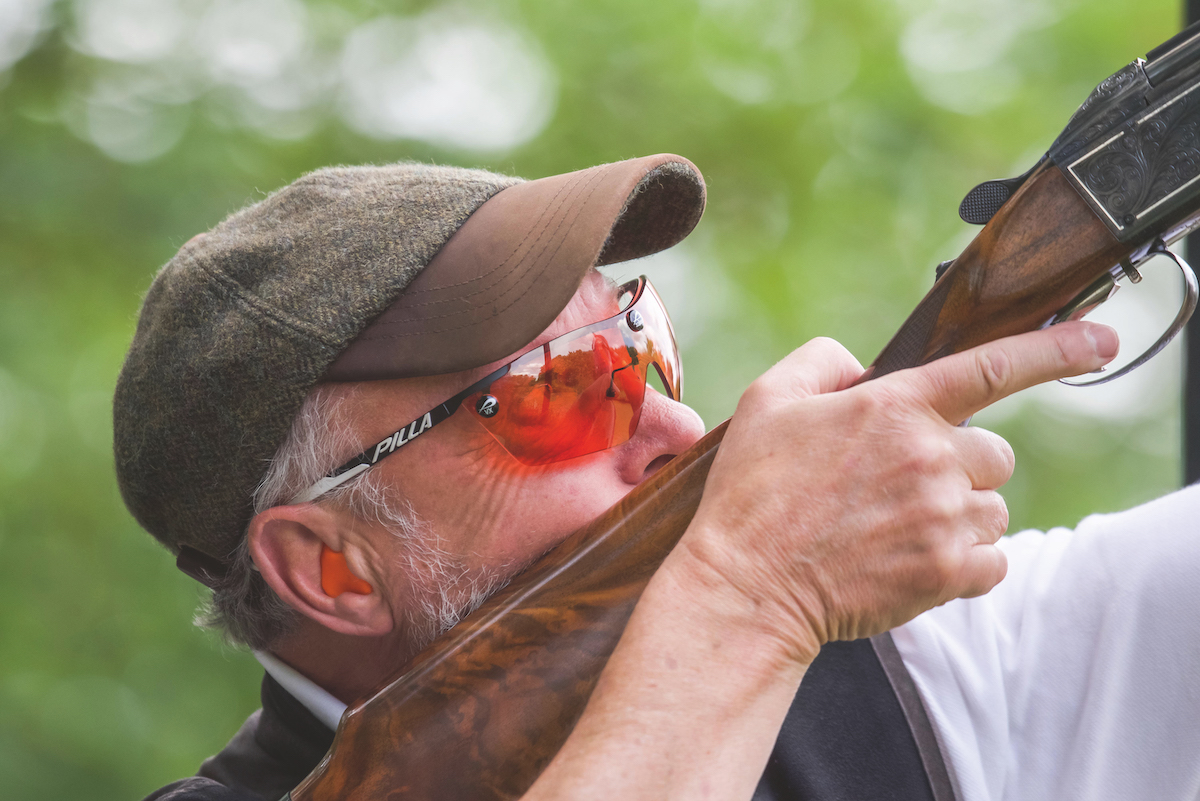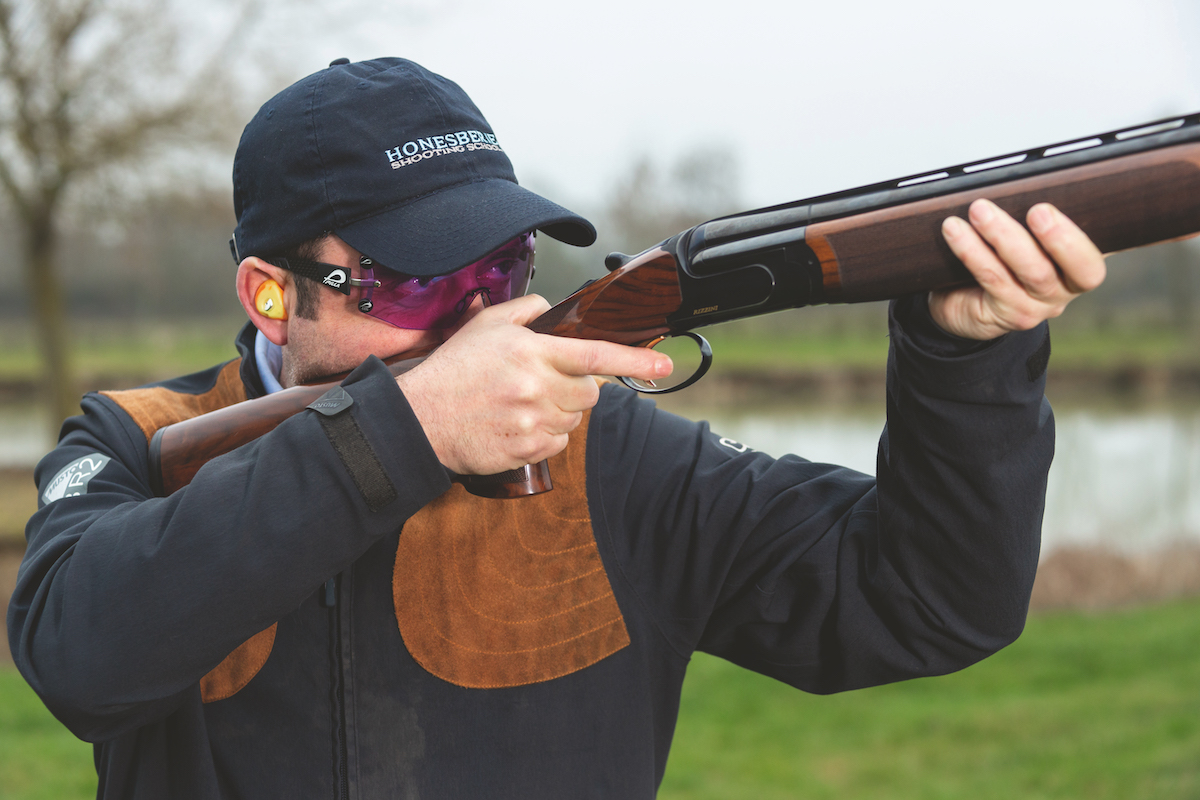How to keep you gun dog under control

Anybody who works dogs on a regular basis will know as the season progresses a dog can often become independent of its handler!
This is often down to the amount of work they’ve been doing, but it can also be the result of pure, unadulterated excitement – usually because the dog enjoys a day out shooting just as much as its master. Trouble is, if you do nothing about this indiscipline the problem will simply get worse and reach a point where you become the butt of much leg pulling among your friends.
To stop this happening you should give your dog a mid-season ‘service’ by simply re-lining the brakes and reinforcing the steering, so to speak. Short daylight hours in winter put time at a premium, but you really must find a few minutes each day to get the dog back on track. The first thing to remember is any dog used continuously for picking-up will have already retrieved a fair number of pricked birds so far this season. That’s as it should be but the down side here is that dog now actually believes it can catch game on its own accord!
To sort this out we need to go back to some basic training exercises.
Step 1
The first thing to look at is how dog reacts to the leash – foes your dog walk in front and pull on the lead? Does it just keep the lead tight when you have instructed him to walk to heel?
If so, you need to spend quite some time retraining him to walk to heel with the lead slack. The advantage of this exercise is it can be done in the dark when you get home from work. It reinforces (in the dog’s mind), you are the one in charge, and he shouldn’t be leading you.
In with this lesson you can also make an assessment of how quickly the dog sits to the stop whistle while on the lead. If the sit isn’t instant, you can work on this at the same time as you re-establish the walk-to-heel lesson.
Once achieved, this should give you a good basis to regain full control.
Step 2
The next exercise is to reinforce the turn whistle. To do this you need some open ground with cover ? preferably where there is, or has been, game that’s left foot scent.
Have the whistle ready in your mouth. Take the dog off the lead, give the command to start hunting and cast it off to the left or right. As the dog moves away from you, take three or four large paces to follow him (enabling you to be reasonably close without the dog realising you are there.)
Now when you give the two pips to turn, if the dog chooses to ignore you, only a couple of extra steps are needed to give the dog a poke with your finger or a grab by the scruff. You’ll know if you have been effective because the dog will be surprised you were able to catch up with it so quickly.
Once I’ve got the dog by the scruff I take several large steps backwards, pipping the turn whistle and dragging the dog into me from arms length. I’ll then sit the dog back to where I originally started from and count to 10. I then bend down and give the dog the turn whistle, insisting he comes right into me ? for this he gets a rewarding stroke. Some dogs only need to be shown this once, with others it may have to be repeated several times each lesson.
I insist on the dog coming right back to me and touching my hand on each turn whistle, so closing up and tightening his hunting pattern.
Step 3
With a retriever, you need to make sure that walking to heel is absolutely 100% and the dog will sit absolutely still while you throw retrieves. By picking all these yourself you will re-instil the control and steadiness needed on the shooting field, where it’s often necessary to send the dog for more retrieves than is good for it in terms of steadiness.
Regardless of whether you work a retriever or a spaniel you can reinforce the stop whistle by dropping a retrieve while walking the dog to heel. Walk the dog on a distance then send it back for the dummy. Once it gets approximately halfway there, blow the STOP whistle. This will show up any slackness or over enthusiasm on the dog’s part.
If he stops sharply, everything is well and good. In this case walk back, praise him for stopping and insist he sits still while you return to your original position. You now command him to go back to collect the retrieve.
If the dog does not stop on this exercise and collects the retrieve you obviously cannot reprimand him then and there. However, you can try this exercise:
1. Repeat the procedure described earlier, but this time after dropping the retrieve and walking on a few yards, command the dog to sit.
2. Walk back, pick the retrieve yourself and hide it in a bag or pocket. Now walk the dog on a bit before sending him back.
3. Be ready to stop him after just a short distance.
4. With only a few yards to make up you can run him down knowing there is no way he is going to get to the retrieve without you intervening. Usually the dog gets the message pretty quickly and normal service is resumed quickly.
However, if you have to repeat this exercise several times you might find the dog wises up to you picking the retrieve yourself – and either refuses to ‘go back’ or does so without any enthusiasm.
This can be overcome by getting a helper to hide out of sight and down wind from where you are going to drop the retrieve. While you are walking the dog to heel, the friend nips in and picks up the retrieve without the dog seeing or hearing him. Because the dog hasn’t seen you pick the retrieve it thinks it’s still out there and will now go back when told to.
Sitting in the correct position
When it’s your turn to stand on a shooting day be careful where you sit the dog. The current fashion seems to be to sit it behind so it’s out of the way.
The problem with this is that most shot birds will fall behind the line which means you can’t see whether the dog has stayed steady or run in to collect a retrieve without you knowing.
The best way is to seat the dog is in front and slightly to one side so you can keep a close eye on him to make sure he stays still. Also, the fact you’re between the dog and the birds acts as a powerful deterrent to running in.
Dangerous practice
One of the most dangerous situations I come across is the gun who ties an unsteady dog to his trouser belt. If the dog should decide to launch off for some reason it will unbalance the shooter ? thereby putting gun, dog and bystanders in danger of being shot.
If you’re not sure your dog is going to be 100% steady when the shooting starts, there’s no shame at all in tying it to a nearby tree or fence post while the drive’s in progress. Alternatively, a large corkscrew dog-tethering device is an ideal investment.








